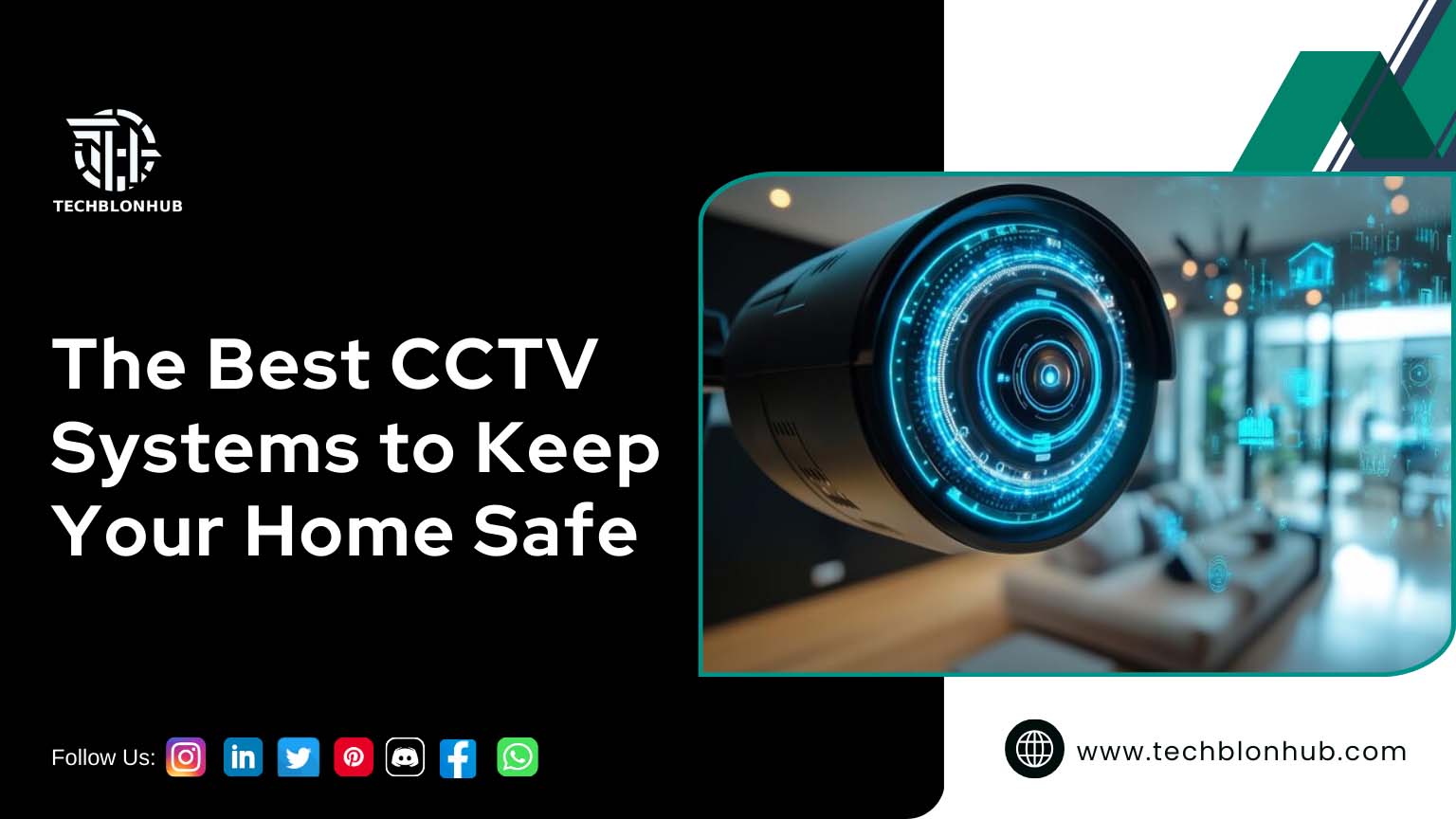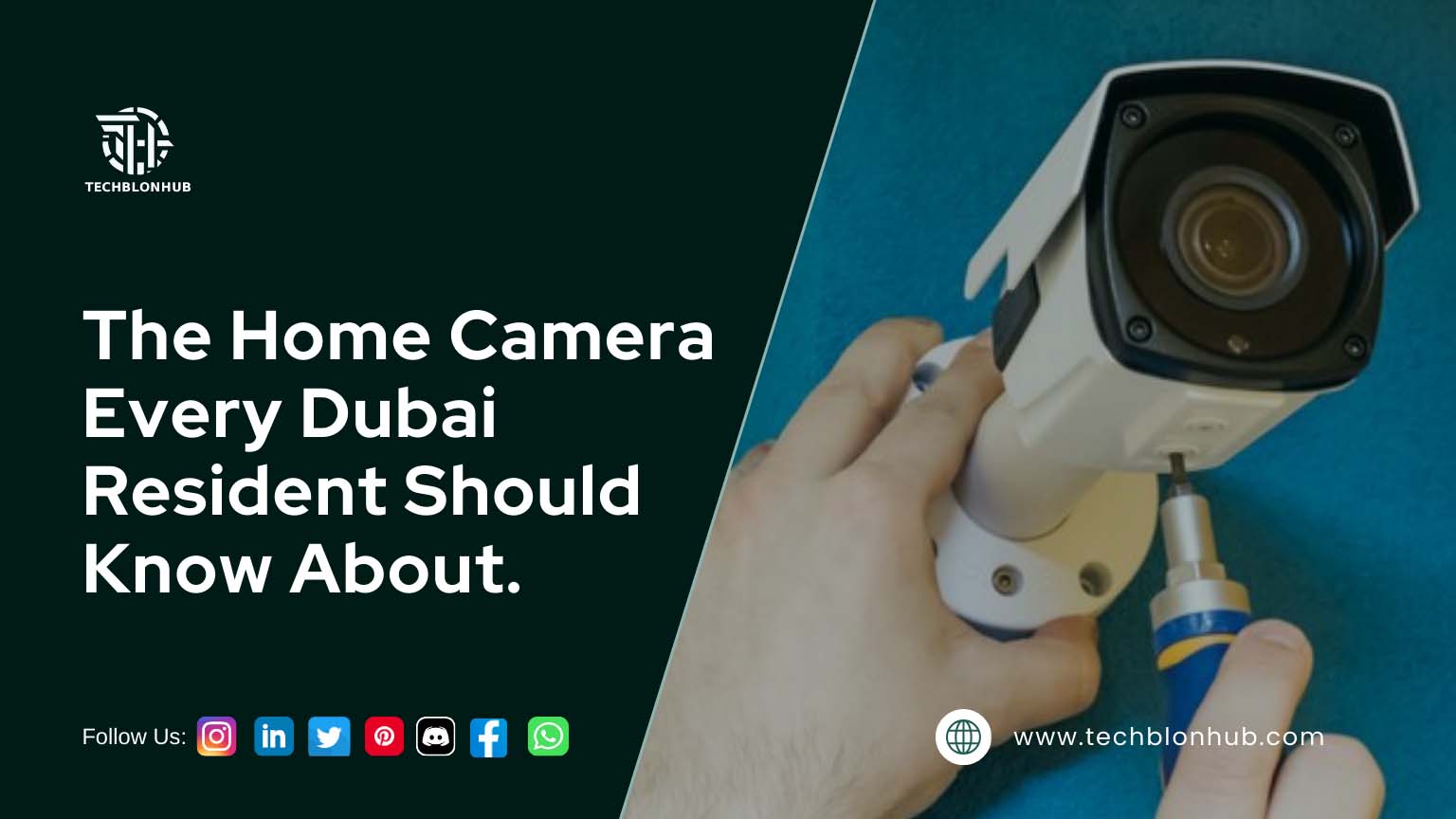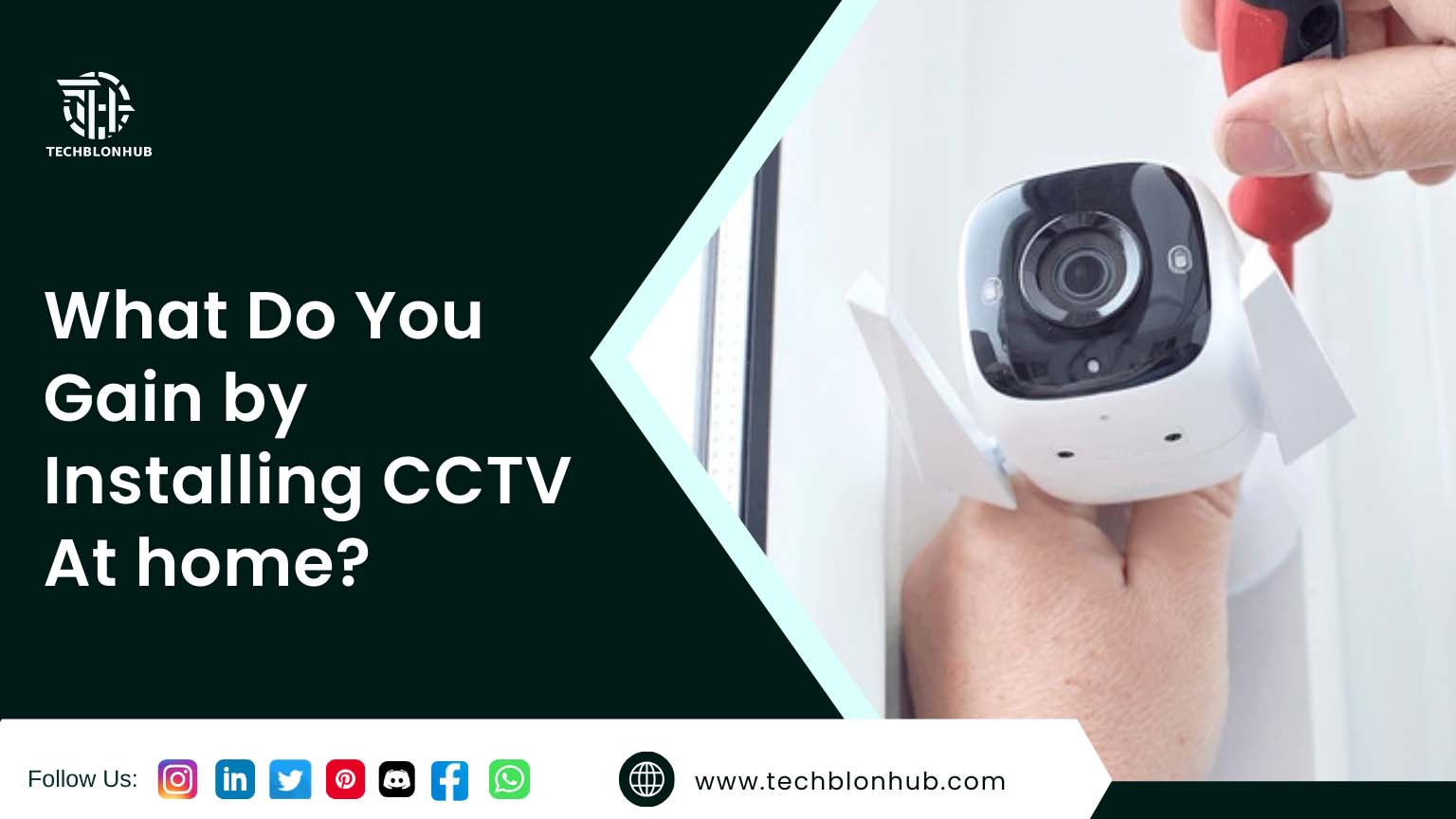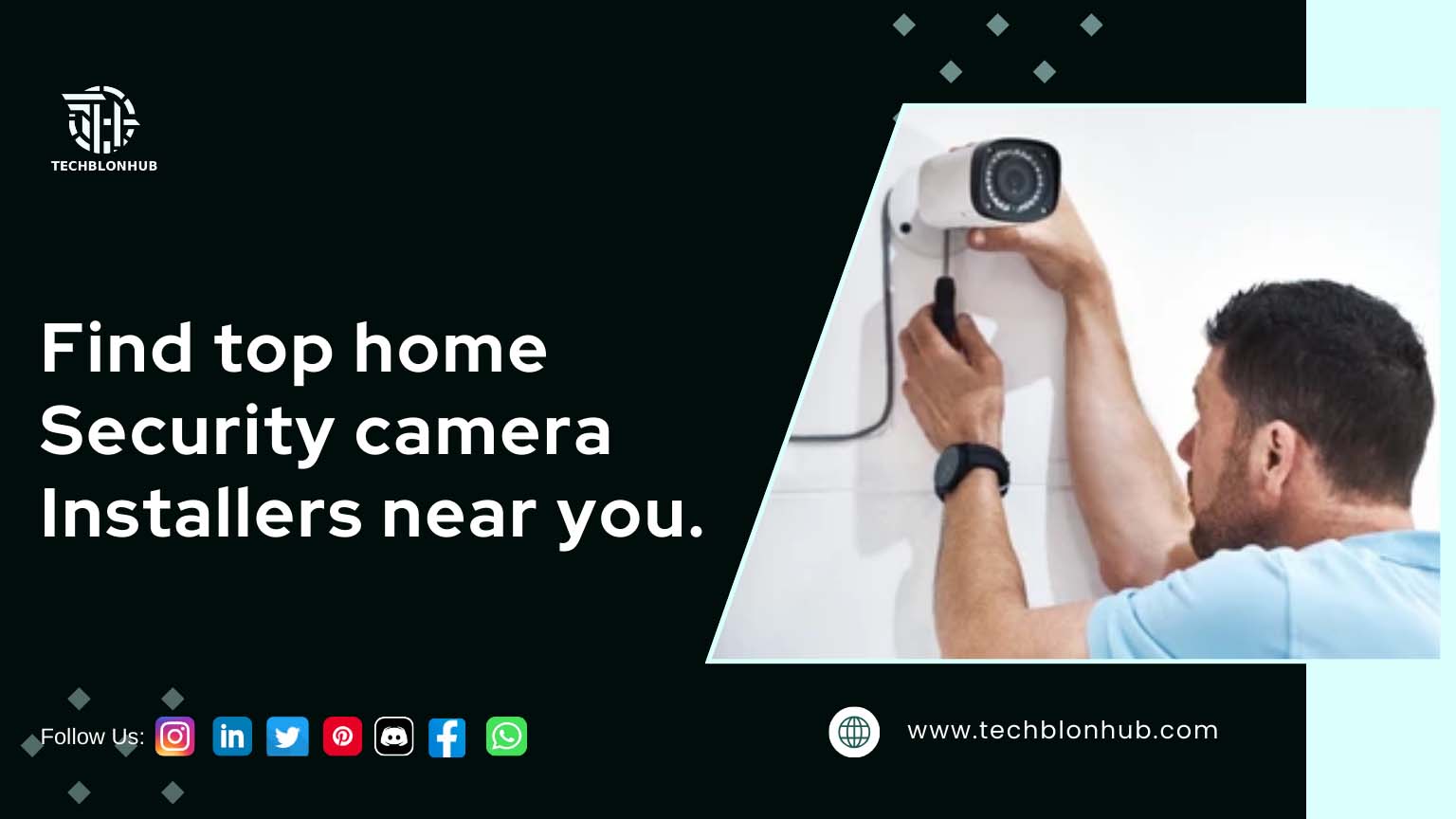It is true that security is important, whether it is on your office premises, home or any other property. Most of the time, security breaches happen when you have low quality cameras or do not place cameras strategically. Understanding the differences between indoor vs. outdoor security is crucial for effective monitoring and protection.
One of the most effective ways to achieve this is by installing a reliable security surveillance system under the guidance of reliable security companies. However, when it comes to choosing and installing security surveillance cameras, it’s important to understand the differences between indoor and outdoor installations.
Let us explore the key factors to keep in mind when installing security
Considerations for Installing CCTV Cameras Indoor
Indoor security surveillance cameras are designed to operate in controlled environments, such as homes, offices, or commercial buildings. Here are some important considerations when installing CCTV cameras indoors:
Lighting Conditions
Indoor cameras typically perform well in various lighting conditions, including low-light scenarios. However, it’s important to see the placement of the cameras to avoid glare or backlight issues that can affect image quality. Sufficient lighting and camera positioning will provide clear and detailed footage.
Discreet or Visible Placement
Depending on your preferences and specific needs, you can choose discreet or visible camera placements. Visible cameras can act as a deterrent, while discreet cameras are less noticeable and can be used for covert monitoring.
Camera Types for Indoor Installations
Some popular choices for indoor security surveillance cameras from reputable security companies like Dahua, Juniper, and Hikvision include:
Dome cameras: These versatile cameras can be mounted on ceilings or walls for a wide viewing angle, making them suitable for monitoring large indoor areas. Dome cameras often feature a compact and discreet design, blending seamlessly with the surroundings.
Bullet cameras: With a cylindrical shape, bullet cameras are ideal for monitoring specific indoor areas or entry points. Bullet cameras can be mounted on walls or ceilings and they are easy to install.
PT (Pan-Tilt) cameras: These cameras offer remote control over panning and tilting, allowing you to monitor larger indoor areas effectively. PT cameras are particularly useful in applications where flexible monitoring is required, such as retail stores, warehouses, or office spaces.
Considerations for Installing CCTV Cameras Outdoor
Outdoor security cameras face harsh environmental conditions and require additional protection and features. Here are some key considerations for outdoor installations:
Weather Resistance
Outdoor security surveillance cameras must be weatherproof and able to withstand various weather conditions, such as rain, snow, and extreme temperatures. Look for cameras with appropriate IP (Ingress Protection) ratings to ensure water and dust resistance. Most reputable security companies offer outdoor cameras with high IP ratings, ensuring reliable performance in harsh environments.
Vandal Resistance
In outdoor environments, security cameras are more susceptible to vandalism or tampering. Consider cameras with vandal-proof housings or protective enclosures to prevent damage. Many security companies offer cameras with sturdy housings and reinforced components to withstand physical abuse.
Lighting conditions
Outdoor cameras often need to operate in low-light or night-time conditions. Look for cameras with advanced infrared (IR) or low-light capabilities to ensure clear footage in various lighting scenarios. High-quality security surveillance cameras from reputable brands typically feature advanced image sensors and infrared illuminators for optimal night vision performance.
Camera Types for Outdoor installations
Reputable security companies like Dahua, Juniper, and Hikvision offer several outdoor security surveillance camera options, including:
PTZ Cameras: PTZ cameras, which stand for Pan-Tilt-Zoom cameras, are a popular choice for outdoor security surveillance systems. These cameras offer advanced functionality and flexibility, making them ideal for monitoring large outdoor areas.
PTZ cameras can be remotely controlled to pan (move horizontally) and tilt (move vertically), providing a wide coverage area.
IP Cameras: IP cameras, or Internet Protocol cameras, are another popular choice for outdoor security surveillance systems. These cameras are designed to transmit video footage over a network or the internet, providing remote access and monitoring capabilities.
Additional Considerations
Aside from the specific camera types and environmental factors, there are a few additional considerations to keep in mind when installing security surveillance cameras:
Storage and backup: Ensure that you have adequate storage capacity to store and backup your security footage. Many security companies offer cloud-based storage solutions or local storage options, such as network video recorders (NVRs) or digital video recorders (DVRs).
Remote access and monitoring: Modern security surveillance systems often offer remote access and monitoring capabilities, allowing you to view live footage or recorded videos from anywhere using a smartphone app or web-based interface. This feature can be particularly useful for monitoring multiple locations or keeping an eye on your property while away.
Integration with other security systems: When buying security cameras, it is important to make sure that they integrate with your existing surveillance system (if you have one). This will ensure smooth operation and better security of your property.
The Bottom Line
Choosing the right security surveillance system is important for ensuring the safety and security of your property. It’s always recommended to consult with professionals from reputable security companies to ensure you select the right security surveillance cameras and have them installed correctly for optimal performance and longevity.
 TechBlonHub A new digital technology era.
TechBlonHub A new digital technology era.








Thanks for another magnificent article. Where else could anybody get that kind of info in such a perfect way of writing? I have a presentation next week, and I’m on the look for such information.